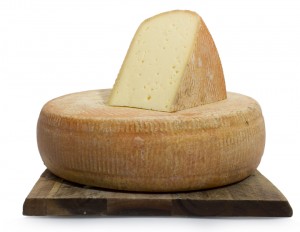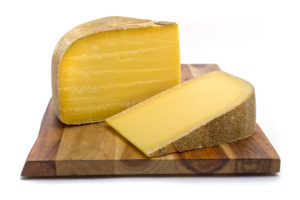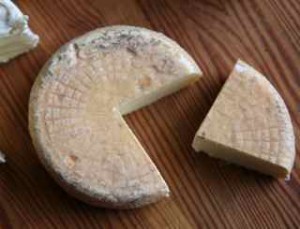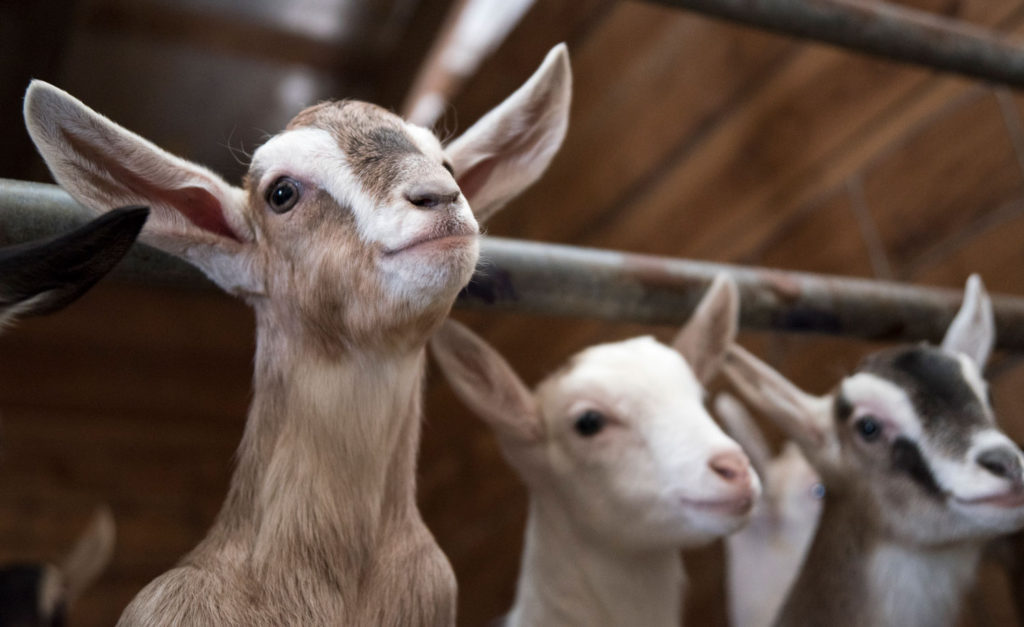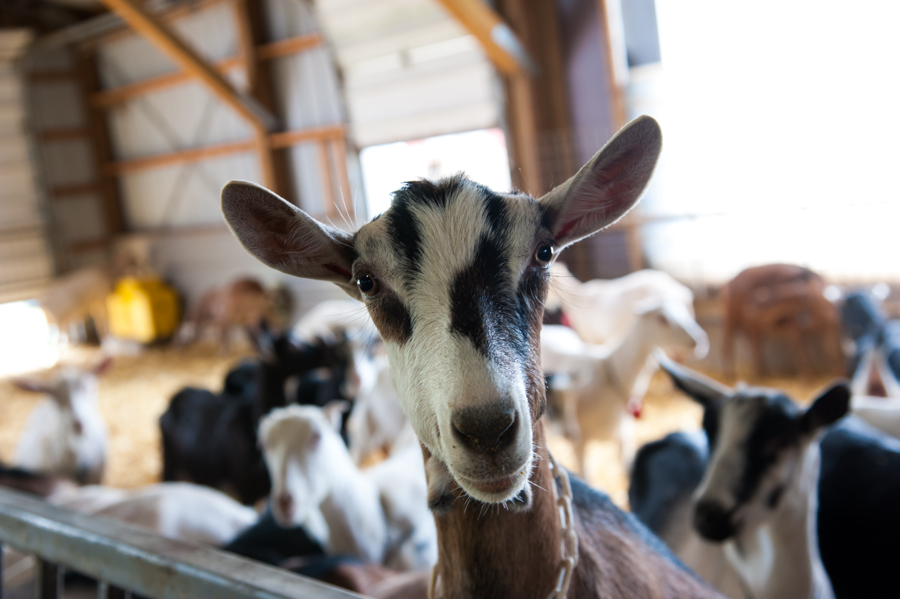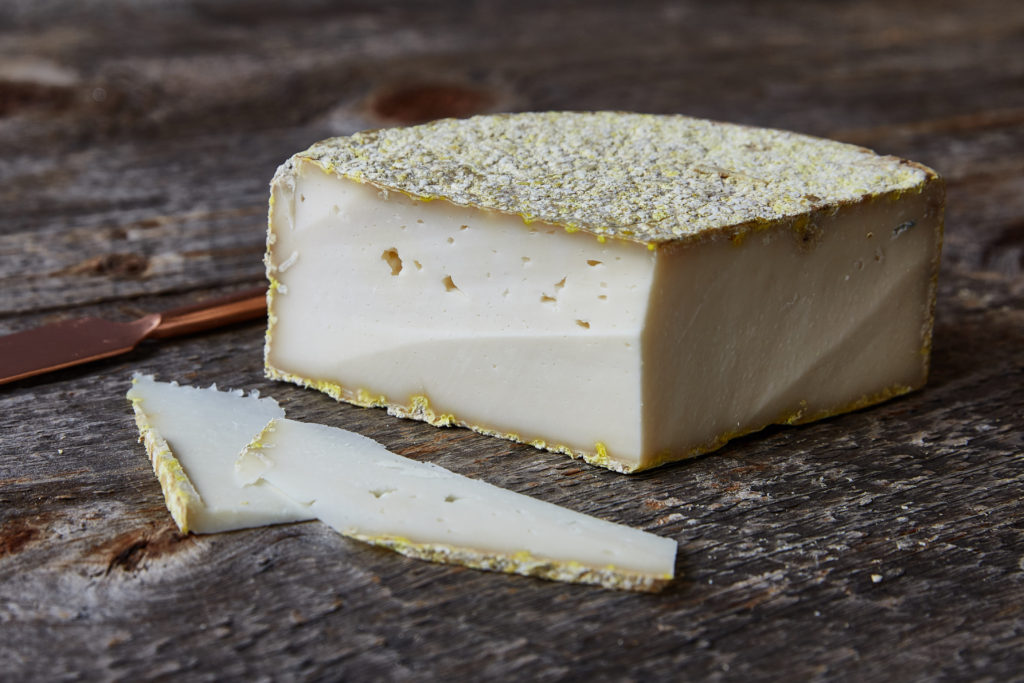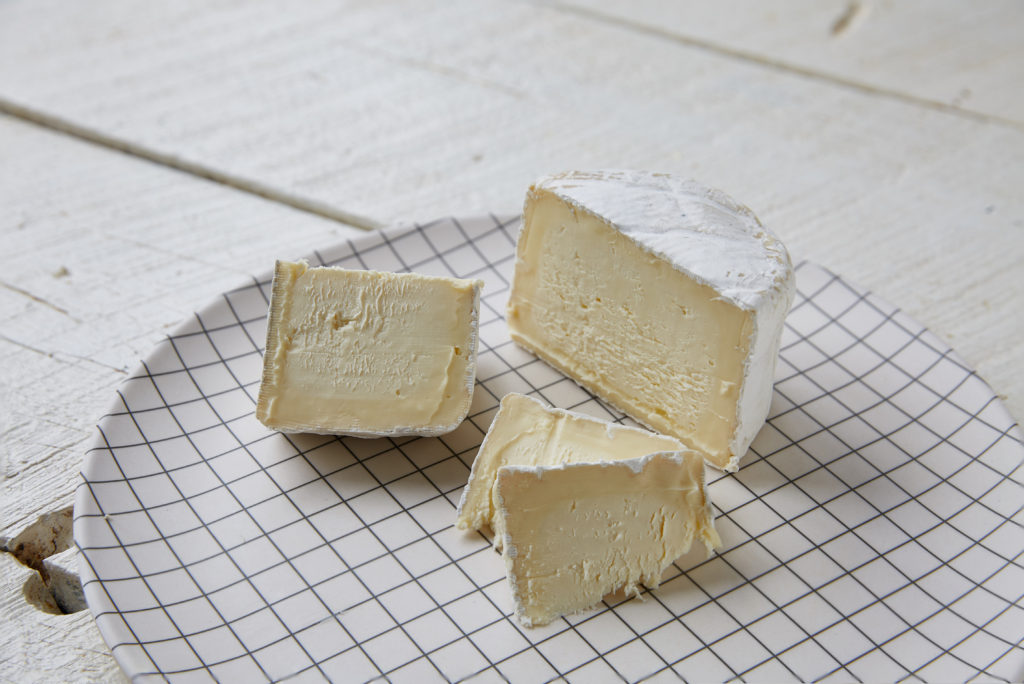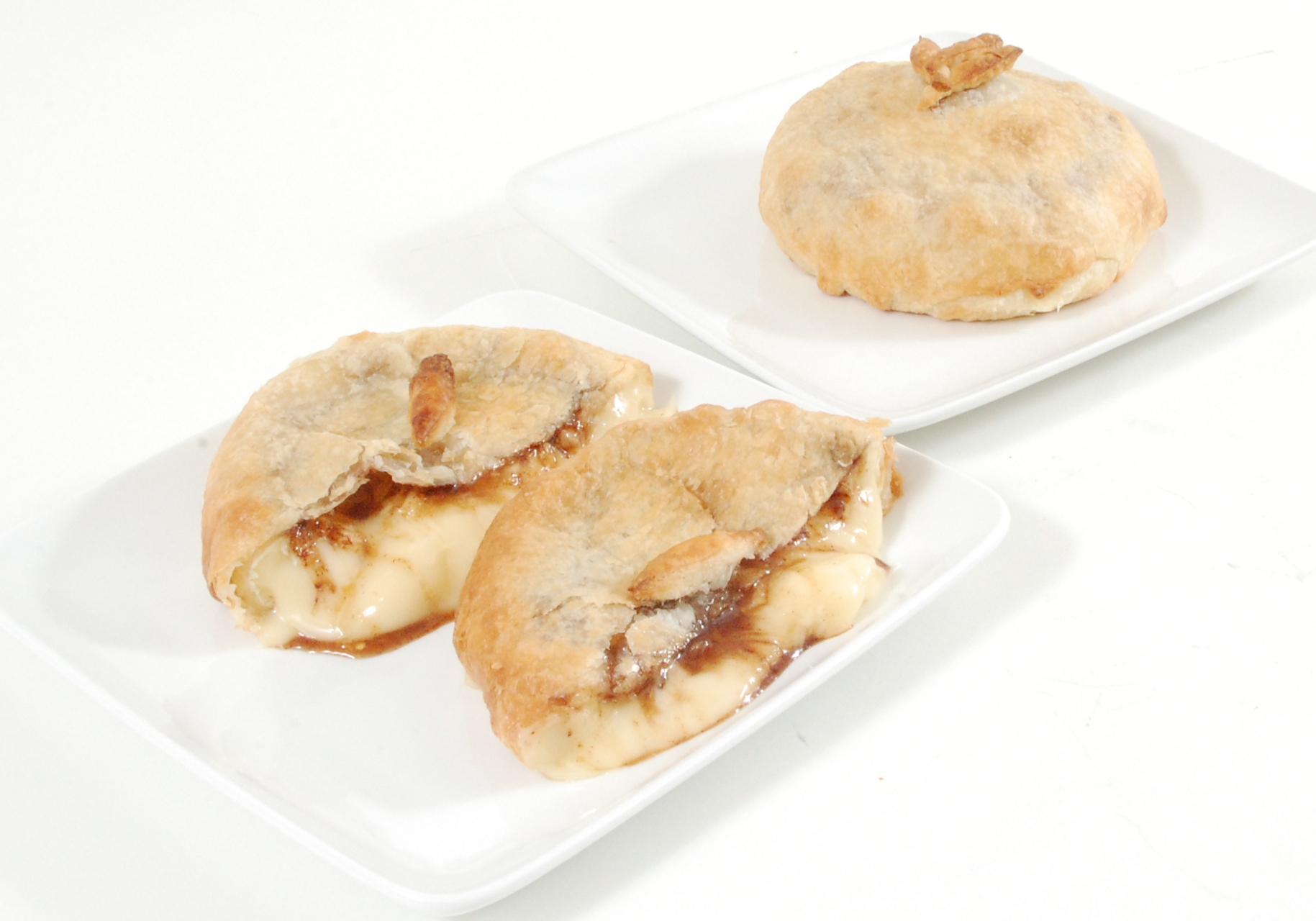By Robert S
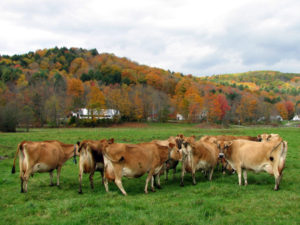
Rupert isn’t the only cheese from Consider Bardwell that’s creating buzz around Murray’s. The recent arrival of Pawlet has our mongers going crazy! Named for its hometown in Vermont, Pawlet is a raw Jersey cow’s milk treasure, one of a handful of cheeses made at the farm. Originally founded in 1864 by Consider Stebbins Bardwell, it was the first cheesemaking co-op in the state. Little more than ten years ago, new owners Russell Glover and Angela Miller began to revitalize the traditional farm, spanning 300 acres from Vermont’s Champlain Valley all the way to Washington County, New York. With 100 Oberhasli goats, and using cow’s milk from a neighbor’s herd, their handmade cheeses are all named after local towns and mountains.
So what’s got us so jazzed about Pawlet? Quite simply, I think it’s a perfect cheese to eat right now because it works well for all of my summer eating: sandwiches, snacking and BBQing. This 4th of July I’m going to shred it over grilled local vegetables from my farmers market. I’ve already paired it with a red ale while snacking, and I know it’ll be amazing with any crisp wine – try a robust Sauvignon Blanc. Creamy, nutty and rich, you’re going to love how Pawlet melts – either over a burger or on a grilled cheese. It’s as versatile as the town of Pawlet itself, which the cheesemakers tell us is home to syrup, timber and slate!

